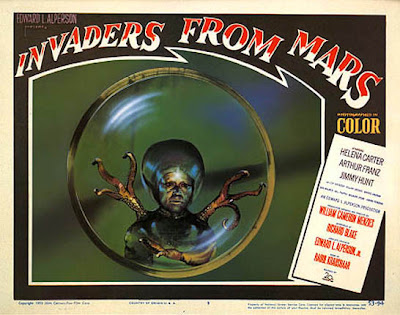Anthony Barreiro wrote:Diana wrote:<<The remnant's age is still uncertain. There is some agreement that the progenitor supernova happened between 3,000 and 30,000 years ago.>>
Well, that really narrows it down. It doesn't sound like there is agreement on this at all, or is this considered a narrow window for age guessing?
It's sobering to realize how much uncertainty and disagreement there is regarding the basic physical parameters of many astronomical phenomena. Many values that look like hard numbers are really inferences based on assumptions -- if you change the initial assumptions you will calculate different numbers. In this case, we seem to know pretty well how big the supernova remnant is at present, so if you infer that the remnant has been expanding more quickly into the surrounding gas and dust you will get a younger age, and if you infer that it has been expanding more slowly you will get an older age.
On the bright side, all this uncertainty and disagreement provides fertile ground for dissertations and post-doctoral fellowships, and improves the employment prospects for aspiring professional astronomers.

Very good points, Anthony.
There are so many things we don't know about space, but personally I'm amazed at the number of things that we actually
do know with some certainty. Considering how small our bodies are, and how briefly they last, and how young our technological civilization is, I think it's quite amazing that we know what we actually know.
Where was humanity 3,000 to 30,000 years ago? I don't know if Chinese astronomers were recording "guest stars" (supernovae) in the sky 3,000 years ago. Maybe they were. They certainly weren't 30,000 years ago. Anyway, if our ancestors saw a new brilliant "star*" in the sky, how were they to know what that star was, or where it was? And why would they leave cuneiform records about it? To my knowledge, there is absolutely no known ancient records of the supernova that left the Jellyfish Nebula behind.
And no supernova has been recorded in the Milky Way since the telescope was invented in the seventeenth century. How are we to know how what kind of supernova remnants are possible, exactly how old they are and how they evolve in 30,000 years? Remember that although supernovae type Ia are remarkably uniform, this is not the case for core-collapse supernovae, like the one that left IC 443 behind. We don't know how massive core-collapse supernovae typically are when they explode, and how much of their outer atmospheres they typically hold on to when they pop.
Modern astronomy has developed spectral analysis of starlight, parallax measurements of the positions of stars, mathematical analyses of how and why stars shine and what makes them go supernova, and many, many other things. But even though we can use parallax measurements to determine the distance to objects a few hundred light-years away, our current instruments aren't good enough to determine the exact distance to IC 443.
Figuring out that the star that left the Jellyfish Nebula behind exploded 3,000 to 30,000 years ago is not so bad.
If ants knew as much about the Earth as we know about space, they might be studying human architecture by now and be busy
changing the design of their anthills.
Ann
 The Elusive Jellyfish Nebula
The Elusive Jellyfish Nebula